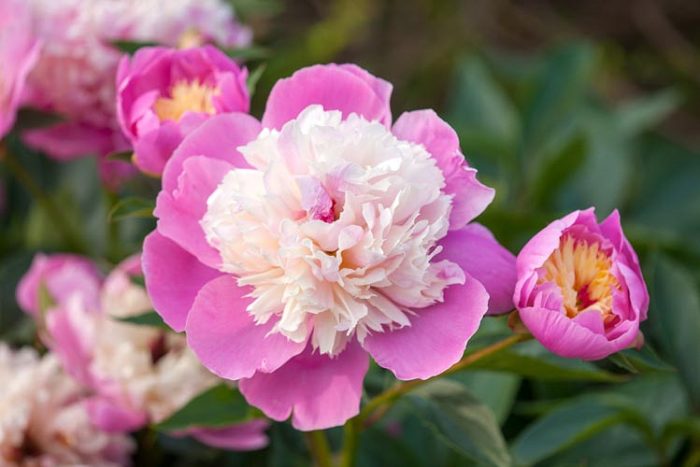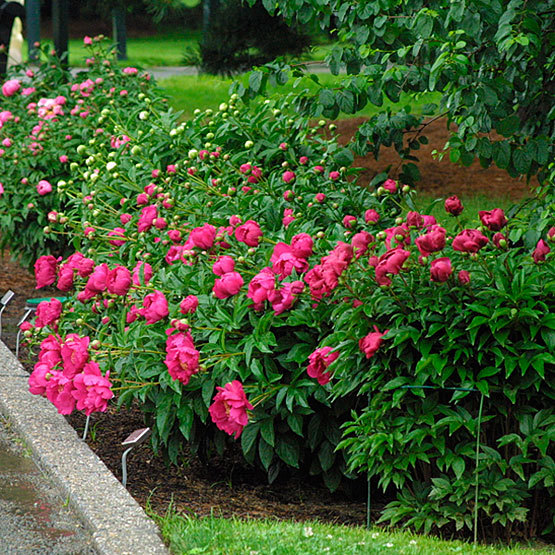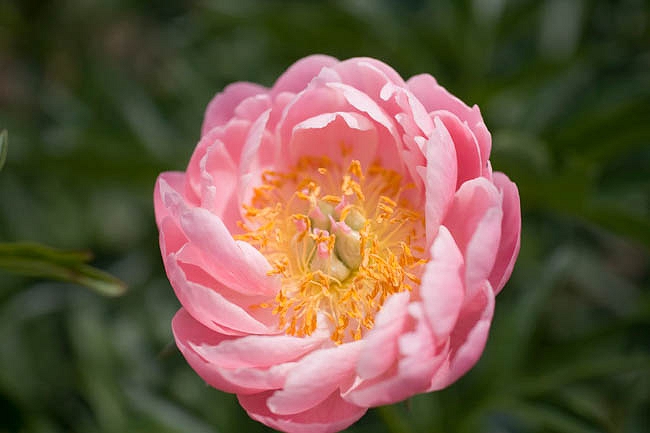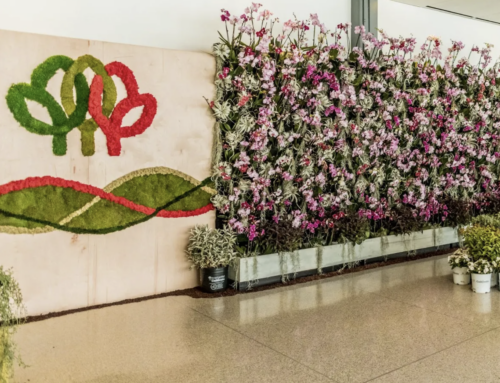I regret to admit as a teenager my earliest memories of peonies are deciding whether to mow over the big peony flowers that tumbled into the path of my Toro or swerve around them. It was then that I became aware that some peonies had a perfume-like fragrance. This was revealed by the mower blades dissecting them at 48 revolutions per second. There was more to this big flower than just a pretty ball of petals.
That seemed like 100 years ago. Fast forward to today, the old-fashioned flower has gotten my attention and earned my respect. I have seen empty lots, but the foundation outline is defined by clumps of peonies planted many years ago. Though the home that they once complimented is gone, like the swallows of Capistrano, the peonies return dutifully year after year.

Peonies have an amazing history dating back to Chinese dynasties thousands of years ago. Early on, they were propagated for their medicinal qualities, as well as the appeal of beautiful blooms. Europe caught on in the 15th Century and the Netherlands, to this day, is the largest producer of peony cut flowers.
There are three major growth types that we typically place Peony species:
They include the herbaceous, tree, and intersectional (a cross between the first two). Each has its own distinct characteristics, advantages, and varieties that can be explored when selecting for your own garden.
Care conditions to keep them flourishing are not sophisticated. They are known as a low-maintenance plant as long as the proper conditions are met in the beginning. Well-drained soil and full or almost full sun get the plant off to a good start. Once selecting your growth type, be sure to follow the planting instructions for depth placement of the plant crown as it influences whether you have a clump of green each year or an actual peony that has flowers. Be patient as some may take up to years to establish before flowering, yet be assured they are worth the wait.

Not all peonies are fragrant. Many of them are simply valued for their color and composition. Selection preference is swayed by the flower qualities one values over others. Knowing that the lady is pretty is one thing, but finding one both attractive plus a heavenly fragrance might take precedence. The search to identify the most fragrant of the peonies is interesting and entertaining. It seems that more than one plant, (actually many), peonies were given the title of known to be the most fragrant of all the peonies. That’s understandable as peonies are grown around the globe and the diversity of opinions vary respectively with different cultures.
Some of the highest-rated peonies for fragrance:
- Duchesse de Nemours
- Festiva Maxima
- Eden’s Perfume
- Rare Flower of Frosty Dew (the name alone is intoxicating)
The plant commonly grows from 1-3’ with some tree forms reaching 10’. Flower colors include: white, purple, pink to red, and yellow. As for the ants often seen inspecting the flower buds, reasons I have heard, for their purpose and activity on peonies range from scientific to humorous. The best I can glean from the literature is that ants have no detrimental effects on the plant, nor are they necessary for pollination as once was thought. A logical explanation is by emitting some nectar to the flower bud surface, the peony attracts the ants and by their presence, wards off insects that could be destructive to the plant. A fine example of a plant and an insect finding a way to get along and help each other. Truly a positive behavior our current culture would benefit from imitating.

-Rob McCartney, Horticulturist
Please feel free to contact me with any questions or for more info at: [email protected]




